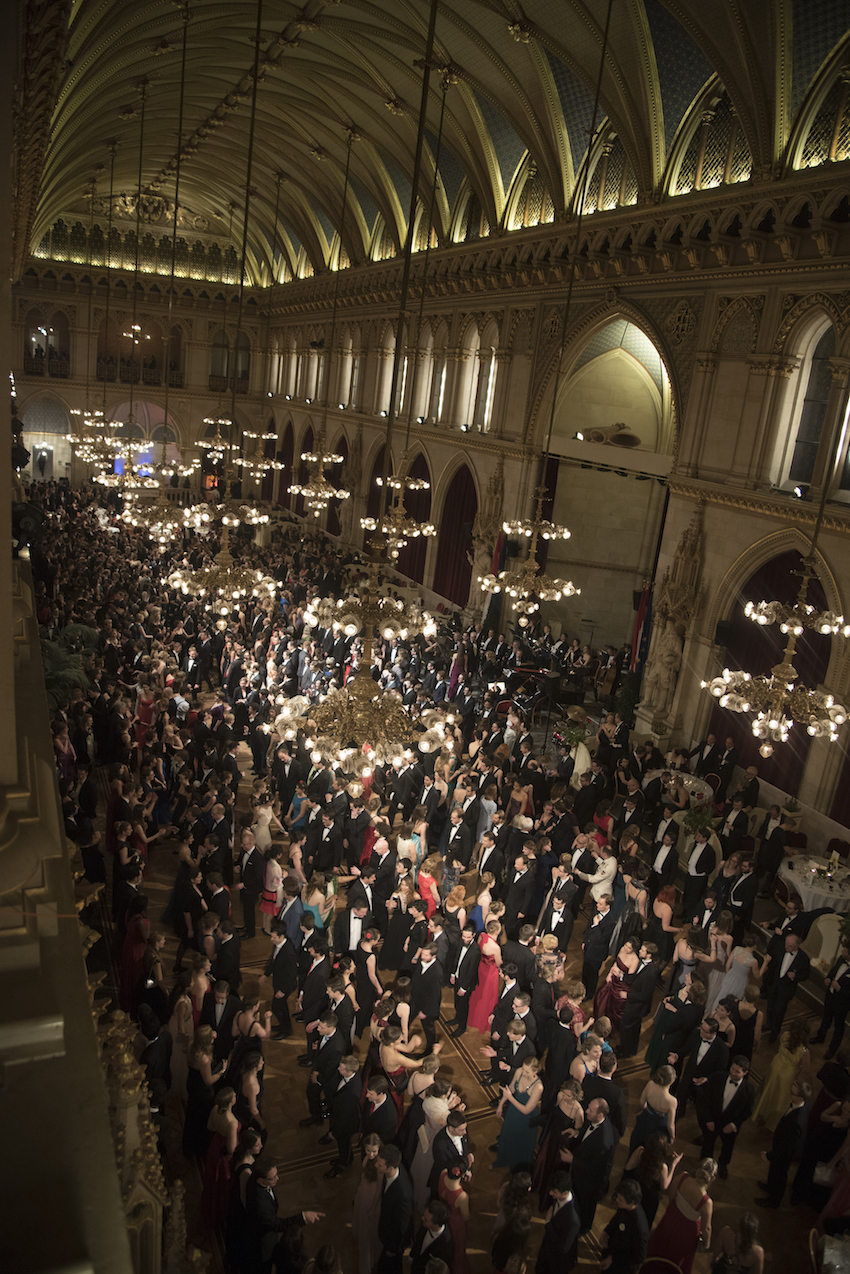Known to the world as a metropolis of music the science in Vienna does not receive the recognition and international visibility its excellence deserves. To change this would require not so much more money but a new mindset, agree two prominent players in scientific research in Vienna: Director General and CEO of the International Institute for Applied Systems Analysis (IIASA) Professor Dr. Pavel Kabat and President of the Institute of Science and Technology Austria (IST Austria) Dr. Thomas Henzinger.
How does Vienna and its scientific research community benefit from the presence of the two institutions and vice versa?
Henzinger: Vienna is a hub for scientific research in Europe. There are a number of universities and institutions in Vienna and they all have an important part to play in the research ecosystem. In the end this profits everybody because as the critical mass of research grows the easier it is to hire people. It’s like gravity — big centers attract more of the best researchers from around the world. The Science Ball is a — uniquely Viennese — sign of this. We are now firmly “on the map”, and in Vienna you show that by hosting a ball!
Kabat: I agree. IIASA has a number of fruitful connections with Viennese institutions. For example, IIASA and OäW have worked together to organize a series of public lectures and debates with prominent scientists for the Viennese academic and political community. Our scientific collaborations with researchers in Vienna and Austria as a whole are also very strong, and have resulted in the publication of over 1050 scientific papers since 2008.

The Science Ball, bringing together Vienna’s diverse scientific community.
Vienna is known as the “City of Music” because of its musical legacy, but why is science not also an important part of the city’s image?
Kabat: This is something close to my heart. IIASA is doing top-level science on transitions towards sustainability; the world is now at a cross-roads and we need to be taking steps in sectors from energy and water all the way to financial systems. Communicating this can be very difficult, so we are using new and unusual collaborations that are made possible by this fantastic Viennese environment. We are working with music, ballet, and the opera. We have partnered up with the Vienna Philharmonic Orchestra, for example, and with dancers from the State Opera to communicate these complex concepts. Science and the arts both have a vital part to play in Vienna’s past and future. I dream of a scientific tour through Vienna featuring collaborations between theatres, museums, and scientific institutions.
Henzinger: There is a lot of history between the golden age of science in Vienna and today, and I think there is a large amount of effort and also a lot of progress in reviving Vienna as a city for science. Science by its very nature is one of the most borderless activities of humanity there is and it can only thrive in a completely open environment. It is no surprise that the glory days of science in Vienna were when it was the hub of a multi-national empire. I think we can only get back to that by becoming much more open-minded and much more international as a country.
The city of Vienna is not legally responsible for science funding, but it is a central research hub and the biggest university city in central Europe. What can the city do to improve its image as a center of scientific excellence?
Kabat: I think a change is needed in the portrayal of Vienna as a whole. There is promotion of music, dance, and the arts. All these are great, but institutions like IST Austria and IIASA should also be used to show that Vienna really is one of the major science hubs of Europe and the world. Emphasizing this would require very little investment but would benefit both Vienna and science in the city. All the components are here, what it needs is a coordinated effort and a vision.
Henzinger: Vienna has an enormous advantage in that is known as a fantastic place to live. The city needs to actively attract not only world-class researchers but all kinds of science-related businesses and organizations. Vienna as a whole must make concerted effort to advertise itself as an attractive location for students, companies, and professionals from all over the world.
Students do not know that if they come to study at Vienna University, for example, they may also be able to benefit from collaborations with scientists working IIASA and IST Austria, who may be able to advise or even co-supervise them. This dynamic and varied environment is a key part of what Vienna can offer, not only the individual institutions. The ball is the perfect step in that direction. It is very clearly an effort that transcends any particular institution.
Kabat: We should continue this talk, not just with the two of us but with all leaders of Viennese scientific institutions, and the mayor, to have a free and frank discussion. Science brings a huge amount to the city of Vienna and it should be recognized. The ball, as you say, is an excellent occasion to bring together Vienna’s vibrant scientific community and celebrate it!

You must be logged in to post a comment.